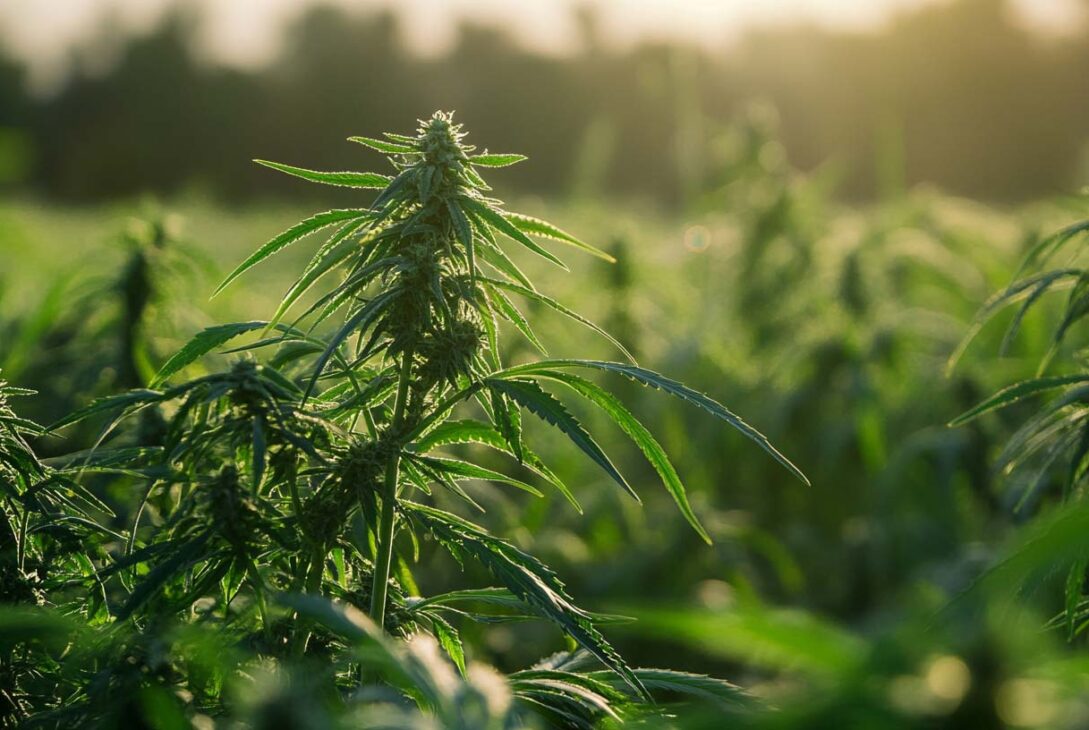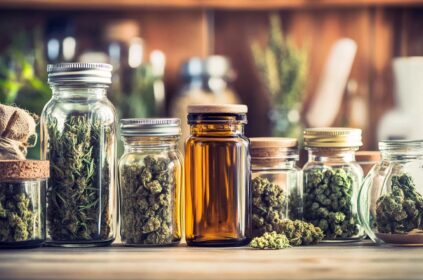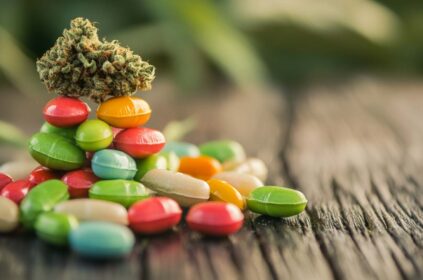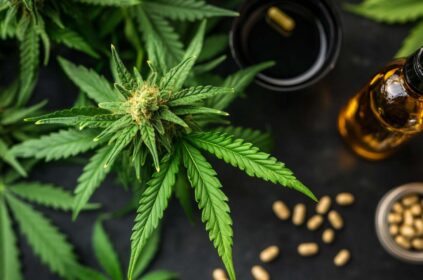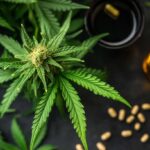Introduction
Hemp, a highly versatile crop, is increasingly capturing the interest of farmers, researchers, and consumers alike for its myriad benefits. At the heart of this fascination lies a key element: terpenes. These aromatic compounds play a vital role not only in defining the unique scents and flavors of different hemp strains but also in contributing to their therapeutic effects. This guide takes you on a journey into the aromatic world of hemp, examining how various farming practices can influence terpene profiles and, ultimately, the quality of the crop.
Understanding Terpenes
What Are Terpenes?
Terpenes are a class of volatile organic compounds produced by plants, including hemp. These compounds serve essential functions in nature, primarily as a defense mechanism against pests and diseases, while also influencing pollinator activity. They are responsible for the distinct aromas and flavors that characterize various hemp strains. Common terpenes found in hemp include:
- Pinene: A fresh, pine-like scent.
- Myrcene: An earthy aroma often associated with sleep-inducing effects.
- Limonene: A citrusy scent that may elevate mood.
- Caryophyllene: A spicy, peppery aroma that could offer anti-inflammatory benefits.
Role of Terpenes in Hemp
Terpenes are not simply aromatic compounds; they serve multiple essential roles in hemp cultivation:
- Plant Defense: They act as natural repellents to pests, reducing the need for chemical pesticides and thereby promoting a more sustainable farming approach.
- Aroma and Flavor: The distinct smells and tastes influenced by terpenes are crucial for consumer preference, making them essential to the marketability of hemp and its products.
- Therapeutic Effects: Terpenes interact synergistically with cannabinoids like CBD through what is known as the “entourage effect,” enhancing the overall therapeutic benefits of hemp products.
Farming Practices and Terpene Profiles
Site Selection and Soil Conditions
The journey from seed to harvest begins with thoughtful site selection. Hemp requires well-drained soils with a pH level ranging between 6.0 and 7.0 for optimal growth. Soil that is too compact or poorly drained can inhibit root development and impact terpene production. To achieve the best results, farmers should consider:
- Conducting soil tests to analyze nutrient levels.
- Amending soils with organic matter to improve structure.
- Being mindful of planting times, generally late May to early June in many regions.
Planting and Spacing
When cultivating hemp for flower production, proper planting and spacing are critical. Here’s how to optimize your crop:
- Spacing: Maintain a distance of 4-6 feet between plants to ensure adequate airflow and minimize competition for resources.
- Planting Density: Planting intensively as a specialty crop can lead to a more robust harvest.
Watering and Irrigation
Consistent watering is vital. Hemp prefers evenly distributed moisture, and while it can thrive with natural rainfall, supplemental irrigation can significantly boost yield during dry periods. However, keep these points in mind:
- Avoid overwatering, as it can lead to root problems and negatively impact terpene production.
- Pay attention to the specific water needs during different growth stages.
Fertility Management
The importance of fertility management cannot be overstated. Healthy plants yield a richer terpene profile. Techniques include:
- Performing routine soil tests to identify nutrient deficiencies.
- Utilizing organic fertilizers, like worm castings or compost tea, to enrich the soil naturally.
Environmental Factors and Terpene Production
Genetics and Strain Selection
The genetic makeup of a hemp strain largely dictates its terpene profile. Different strains present unique combinations of terpenes that extend far beyond their aroma. For instance:
- A strain high in myrcene might promote relaxation, while a limonene-dominant strain could provide energizing effects.
Choosing the right genetic strain is essential for achieving desired aromatic and therapeutic characteristics.
Temperature, Humidity, and Light
Environmental conditions significantly affect terpene production. Here’s how:
- Temperature: Warmer temperatures may enhance the release of specific terpenes, while cooler conditions can allow others to develop more robustly.
- Humidity: Moderate humidity helps prevent excessive evaporation of terpenes.
- Light: Adequate light intensity is crucial for promoting healthy plant growth and terpene formation.
Controlled growing environments, such as greenhouses or indoor grow rooms, can help maintain these conditions and optimize terpene profiles.
Harvest Timing and Post-Harvest Handling
Harvest Timing
Harvest timing is pivotal in preserving terpene potency. The ideal moment is when the plants are at their peak maturity. Harvesting too early or too late can diminish terpene content, impacting flavor and aroma significantly.
Post-Harvest Handling and Curing
Proper handling after harvest is critical for preserving the terpenes:
- Drying: Slow drying in a controlled environment helps maintain terpene integrity.
- Curing: Curing in glass jars or airtight containers is essential to protect volatile terpenes from degradation. Techniques like cold curing can further enhance specific terpene characteristics.
Organic Farming Practices
Organic Soil Preparation
Implementing organic farming practices is beneficial not only for the environment but also for terpene production. Some strategies include:
- Using organic growth mediums, such as composted materials and peat moss, to create a nutrient-rich growing environment.
- Completely avoiding synthetic pesticides and herbicides which can negatively affect both plant health and terpene profiles.
Integrated Pest Management
Organic farming often emphasizes integrated pest management (IPM) strategies that utilize natural methods to control pests. This approach not only preserves the integrity of the crops but also supports healthier ecosystems.
Conclusion
Cultivating aromatic hemp involves understanding and implementing farming practices that enhance terpene profiles. By focusing on aspects such as soil health, strain selection, environmental controls, and careful post-harvest practices, growers can significantly improve the quality of hemp. This, in turn, provides consumers with a rich array of products that offer distinct aromas, flavors, and therapeutic benefits.
Actionable Tips for Growers
- Select strains deliberately based on desired terpene profiles.
- Ensure well-drained soils with optimal pH levels.
- Maintain even watering, avoiding extremes.
- Embrace organic growth mediums while minimizing synthetic treatments.
- Monitor environmental factors closely to maximize terpene production.
- Harvest at peak ripeness and utilize careful post-harvest techniques.
Next Steps for Consumers
- Research various hemp strains to discover their unique terpene profiles.
- Seek out organically grown and sustainably sourced products.
- Familiarize yourself with the entourage effect and how terpenes harmonize with cannabinoids for enhanced wellness.
By embracing these insights, both growers and consumers can fully appreciate the aromatic wonder of hemp, enhancing overall quality and experience within the vibrant market of hemp products.

